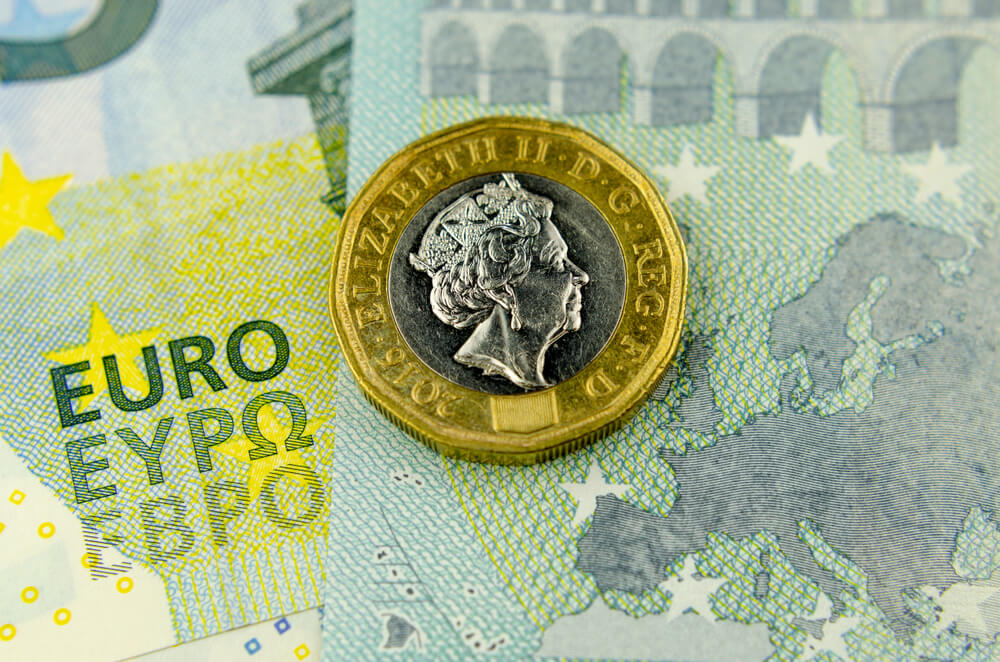On Wednesday, June 2, the offshore yuan rose 0.01% to 6.3829 from its three-year lows of 6.3526 while the US dollar held on to slight overnight gains.
The Chinese currency is anticipated to climb by a little above 50% to reach its historical high. In the past year, it has rallied by almost 12%.
People’s Bank of China (PBOC) is getting impatient regarding the robustness of the yuan.
An analyst stated that any attempt to halt it from rallying further would allow fresh fuel for a brawl between the Chinese and North American currency manipulation.
Last Monday, PBOC released a statement saying that it will increase the foreign exchange reserve requirement for banks.
Since the start of 2020, Chinese reserves soared by 2.9% in terms of the US dollar in comparison to the progress of South Korea and Taiwan by 10.6% and 13.2%, respectively. These two economies have recorded the same solid export growth and strengthening of their currencies even during the coronavirus pandemic.
A strategist stated that it expects the yuan to stay well-supported. It is due to the currency’s robust export performance, huge trade surplus, and ongoing capital inflow to Chinese capital markets. He also added that the PBOC might choose to restrain the appreciation momentum from time to time.
However, a stronger yuan has its gain in maintaining imported prices low and uplifting international capital into the Chinese markets.
Meanwhile, a ton of US dollars that are deposited in China grew largely in the sense that banks are already struggling to lend the currency. Also, traders said that it might impose a risk to official efforts to control the fast-growing yuan.
Briefly, the market’s feedback to the latest headlines regarding the Sino-US relationship was predominantly muted.
USD Spiked
On Wednesday, USD spiked slightly higher in early European trade from a nearly five-month low.
The EUR/USD pair traded hugely flat by 0.05% at 1.2216, which is not far from a five-month high of 1.2266.
The same goes for the USD/JPY and GBP/USD, which jumped by 0.2% to 109.67 and 0.1% to 1.4153, respectively.
On the other hand, AUD/USD plummeted by 0.1% to 0.7748 following the country’s economic expansion, which is faster than the projection for this year’s first quarter.
The US dollar index, which trails the greenback against six rivals, just hopped 0.1% at 89.935. It follows the 89.662 dip on Tuesday, which approaches the 89.533 lowest mark since January 7.















